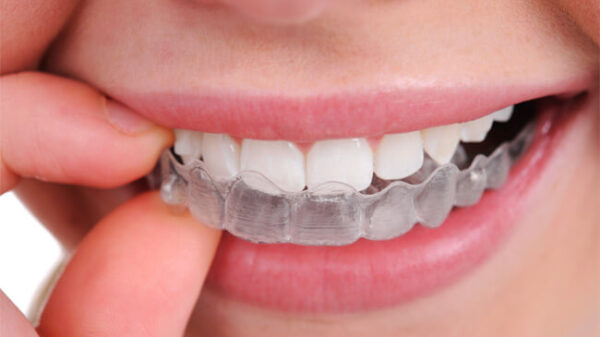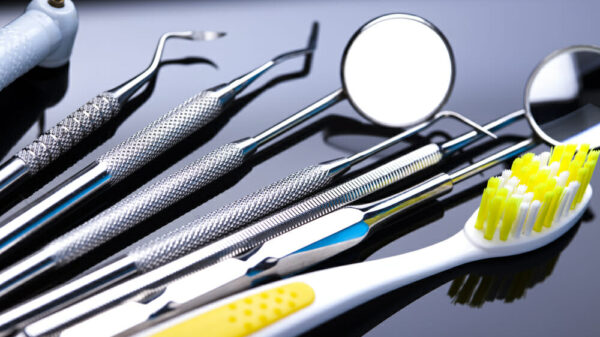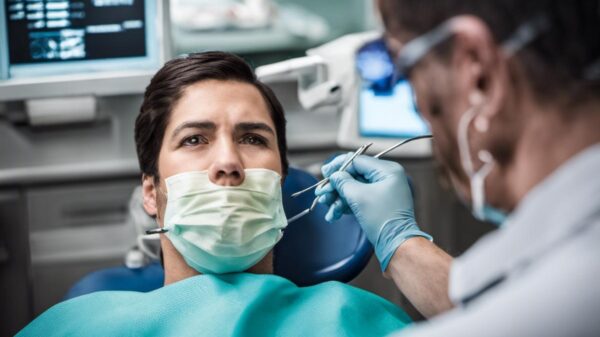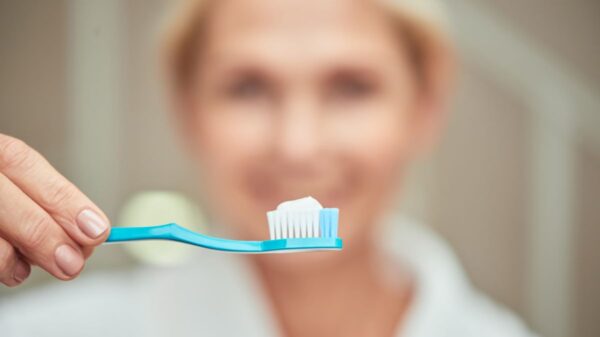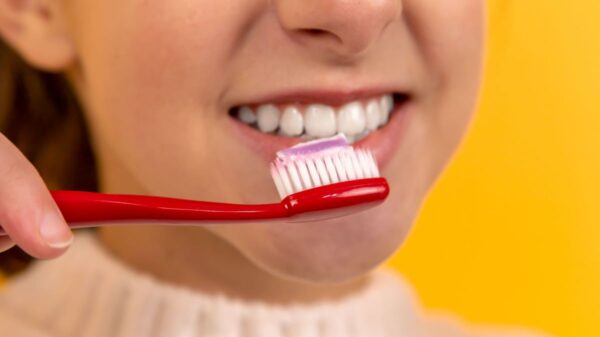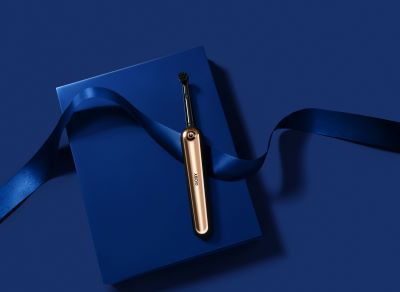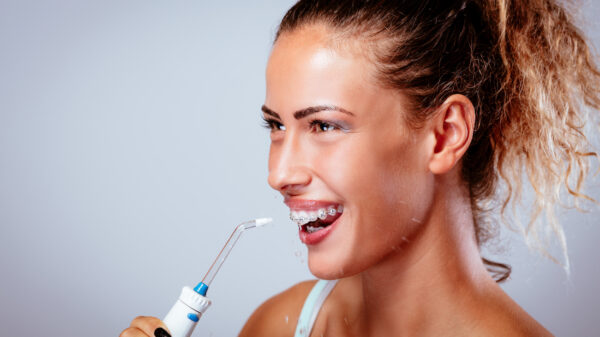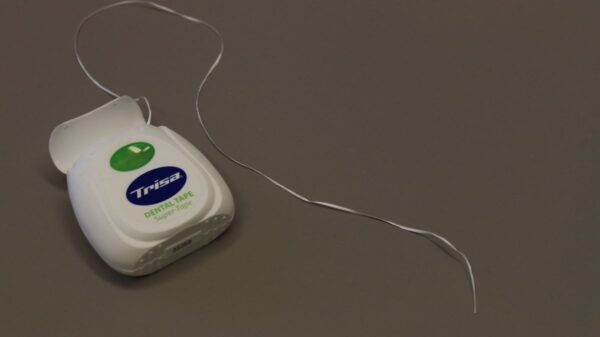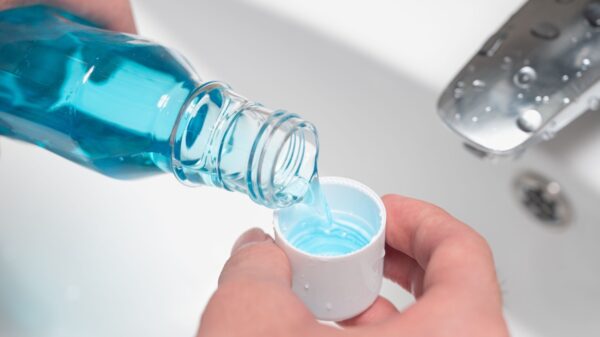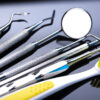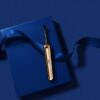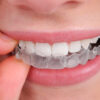How To Floss With Braces
Understanding the nuances of maintaining dental hygiene with braces is fundamental for preserving excellent oral health. Even though brushing is a central part, flossing holds equal importance in the oral care regimen when braces are involved. Knowledge about the right dental floss types such as waxed floss, floss threaders and interdental brushes, are ideal to safeguard delicate braces. This essay emphasizes on enlightening individuals about flossing strategies, proper way of threading floss underneath the wire-ensuring its reach between braces and teeth, using gentle strokes, and further maintaining optimal oral hygiene.
Choosing the Right Dental Floss For Braces
The excitement on children’s faces when they notice that they’re about to embark on the braces journey is genuinely a sight to behold. But as caregivers, we all realize that entering this new phase isn’t just about moving towards a straighter smile. It’s also about embracing an enhanced oral care routine, and dental floss, in particular, holds a major significance.
Parents are often in two minds about the ‘best’ dental floss for braces. Today, this piece provides a comprehensive look into what makes one type of dental floss more suitable for braces than another. So pull up a chair, grab a cup of coffee, and let’s explore the world of dental flosses!
To begin with, let’s address the elephant in the room: Why is dental floss crucial for braces? The answer is simple. Braces can often trap tiny food particles, leading to plaque buildup. Dental floss helps remove this, maintaining the health of your child’s teeth and gums during their orthodontic treatment.
Now, there are multiple dental floss types to choose from regular, waxed, unwaxed, and floss threaders– but which one is the best fit for braces?
When it comes to braces, regular dental floss might not be the most suitable. It is often too thin and lacks a stiff end to easily navigate through the braces’ wires, making flossing a chore rather than a quick addition to your routine.
Vying for the top spot are waxed floss and dental floss threaders. Waxed floss is practical because it is slightly more robust and isn’t likely to fray or break when navigating around braces. The waxed coating allows the floss to glide smoothly between teeth, even in the presence of braces.
On the other side, we have dental floss threaders. These are specifically designed to make flossing with braces more comfortable. These threaders have a stiff end which can easily get under the braces wire, and you can attach the floss at the opposite, loop end.
Another contender that has gained popularity recently is the water flosser. It is a device that shoots a thin stream of water, and when aimed between your teeth or at the gum line it can remove food particles and plaque. It’s a great option for braces as it can reach spots that regular floss or even threaders might miss.
So, who takes the crown? The answer boils down to personal preference. Waxed floss does the job and is readily available in most households. However, those who want to expedite the process might find dental floss threaders or water flossers more suitable.
Remember, there’s no right or wrong answer here. The primary goal is to ensure regular and effective cleaning while showcasing that radiant braces smile. Empowering your child with the right tools and habits can make the braces journey smoother and create lifelong habits of excellent oral health.
So next time you’re out shopping, consider these options for dental floss. Bring home what feels best for your family’s new oral hygiene routine, and remember, healthy smiles are always in style!
Flossing Technique for Braces
“The Art of Flossing: A Detailed Instruction Guide for Braces Care”
Moving onto the practical side of orthodontic care, let’s dive into how we can effectively use different types of floss for braces. It’s not just about having the right tools, but about knowing how to use them. Proper technique is key in ensuring that every tight spot and tricky corner gets the attention it deserves.
Starting off with regular dental floss, its usage with braces can be challenging but not insurmountable. Gently feed the short end of the floss through the space between the main wire and your teeth. Work it up and down along the side of each tooth, making sure not to pull too hard on the archwire. However, being extra careful around that delicate wire is why many prefer other types of floss.
Waxed dental floss, with its smooth surface, often makes this task easier. The function remains the same as regular floss, but the waxed coating allows it to slide better between the teeth and around the braces. The thin layer of wax also provides a slight cushion, making it a touch gentler on the gums.
For those who find manual flossing challenging, dental floss threaders can be a lifesaver. These clever tools create a loop that guides the floss under the wire and to those hard-to-reach areas between teeth. Simply thread the floss through the loop, guide it under the wire, and proceed with your regular up and down motion.
However, if traditional flossing feels too tedious, water flossers are a powerhouse tool to consider. They direct a stream of pulsating water to flush out food particles and plaque lurking around braces and between your teeth. Fill it up, point the tip at the gum line and let technology do the heavy lifting!
Remember always to move gently, take your time, and pay attention to each tooth. Gum sensitivity can increase alongside braces wear, so any discomfort should quickly subside with regular and gentle cleaning. And, if bleeding persists, it may be time to visit your dentist.
While it can be a learning curve to use these tools effectively, it’s all about consistency. Let’s turn these routines into habits. Encouraging our children to take the trial and error journey of discovering what works best for them not only reinforces the importance of dental hygiene but also empowers them to take ownership of their health. Remember, instilling these habits isn’t just about navigating the world of braces – it’s about setting the foundation for a lifelong commitment to dental health.
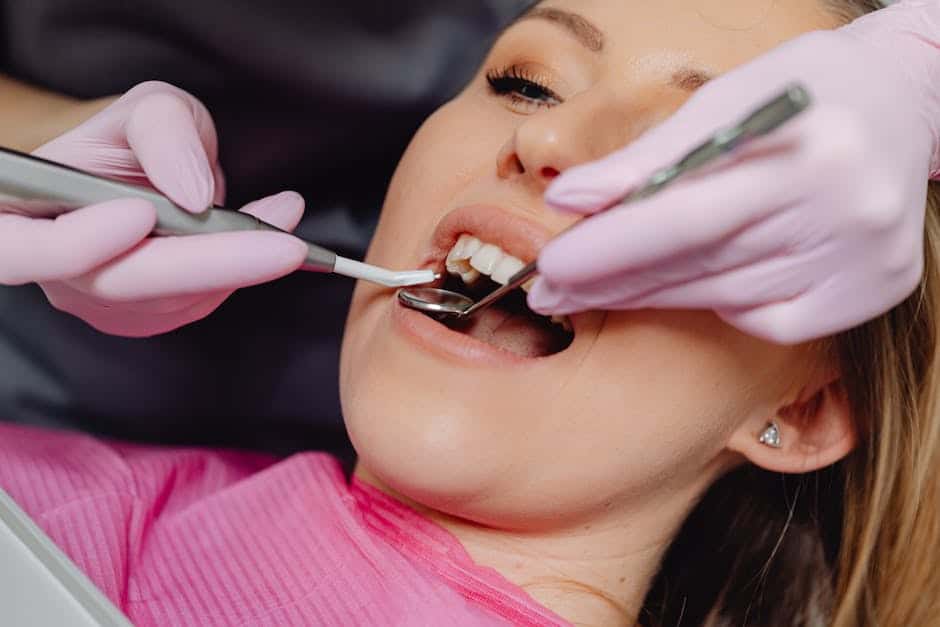
Maintaining Oral Hygiene with Braces
Balancing Oral Hygiene with Braces: Essential Tips for Smiles in Progress
A family with shiny, healthy smiles is a happy family indeed. But what happens when braces enter the picture? Worry not, the path to a brilliant smile is still available, it just might need a few extra steps. Let’s get into those tips and tricks, to ensure everyone keeps their teeth sparkling while straightening that smile.
Along your journey with braces, your toothbrush will be your best buddy. Using a soft-bristle toothbrush specifically created for braces can make a significant difference. Why? Because these brushes have V-shaped bristles that fit around the braces, making it easier to remove particles lodged around those tiny brackets. Brushing should be done after each meal, to avoid letting any food particles linger and cause trouble.
Tw-ahhh… doesn’t that feel refreshing already? But your toothbrush can’t do it alone – don’t forget other helpers like fluoride mouth rinses. They should be used once a day, typically at night, to combat any bacteria that may be latching on your braces or teeth.
In disclosing solutions we trust. Available in both tablet and liquid forms, this accompaniment to your oral hygiene regimen stains areas of your teeth where plaque is present. It’s particularly useful for those with braces as it visually highlights areas that need a little extra TLC while brushing. Plus, kids may find it fun to see parts of their teeth change color!
Let’s not forget another likely hero in this adventure – orthodontic wax. Have you ever experienced a wire poking out and causing a real fuss to your inner cheek or gums? Orthodontic wax is the knight in shining armor in such situations, as it can be applied on protruding wires or brackets which cause discomfort, offering an instant soothing fix.
Feeling pressure on your teeth after a visit to the orthodontist is nothing out of ordinary, and it’s essential to not let the discomfort steer families off their great oral hygiene practices. Over-the-counter oral analgesics will help, giving relief from any pain or pressure.
Dental appointments shouldn’t be skimped on. Keep up diligent visits to your dentist and orthodontist for cleanings and check-ups. These visits play a crucial part in overall oral health as dentists clean areas that may have been missed despite the best efforts, ensuring that your child’s oral hygiene is at its peak during their braces journey.
In between, opt for clean dietary choices. Encourage your family members to eat braces-friendly foods that are gentle on the braces while still being nutrient-rich, like smoothies, dairy, soft fruits and vegetables, and tender proteins. This nourishment, along with instilling strong oral hygiene habits, will ensure your loved ones emerge through their braces wearing years with healthier and straighter smiles!
The road to a dazzling smile with braces may have a few more twists and turns, but this phase is also a golden opportunity to practice rituals that will last a lifetime. Arm your family with the right tools and habits, and you all will come out on the brighter side, with resilient smiles and an everlasting commitment to oral hygiene. Smile on, everyone!

Stellar oral hygiene extends beyond brushing and flossing techniques and involves an understanding of other crucial practices like diligent use of mouthwash and the need for regular dental appointments. Recognizing the importance of these comprehensive practices is key in ensuring a healthy dental environment, primarily when braces are involved, as they demand extra care. This resource has aimed to guide you about not only the practical aspects of flossing with braces but also the broader oral hygiene strategies, to accompany you in your journey towards outstanding oral hygiene with braces.




